Popular on Food52
Continue After Advertisement
11 Comments
Nina L.
December 15, 2013
My vanilla beans were not properly stored and have dried up. Anyway to revive them?
mimiwv
November 29, 2012
If the pod contains more flavor than the seeds, why don't they use it ground up in the paste or some other way, commercially?
AntoniaJames
November 29, 2012
I grind the pods up all the time, whenever I can get away with it. They're especially potent in flavoring homemade almond milk. ;o)
dottieinthekitchen
November 16, 2012
Yikes - I always store my vanilla beans in the freezer! Do you think I should take them out and just put them in the pantry?
I love the ideas on how to use the scrapped out pods - espc. in coffee beans!
I love the ideas on how to use the scrapped out pods - espc. in coffee beans!
Jeanneb
November 1, 2012
I now live in Mexico and have the advantage of the real deal at a reasonable price. I love vanilla and usually double the amount called for in baked goods.
Kristy M.
November 2, 2012
Mexico is the only place in the world where vanilla orchids can be pollinated naturally. It's very rare, but how cool is that? I love vanilla too, but am not lucky enough to be as close to the source as you are.
Kitchen B.
October 31, 2012
I LOVEEEEEEEEE vanilla. The best thing is I've discovered how to make vanilla powder by accident (isnt that how great things happen?). The vanilla powder uses the whole pod, dried and ground to provide a spice that has all the good things about vanilla and more! This way, I dont feel bad that the dried pods only live life stuck in a sugar jar. Check it out http://food52.com/recipes/5662_homemade_vanilla_powder
AntoniaJames
October 30, 2012
Last year I added a whole, unscraped vanilla bean to each of several jars of brandied cherries that I put up. Once we had enjoyed the cherries (over ice cream, over my mother's sour cream pound cake, and in some insanely decadent scones), we used the vanilla/cherry/brandy syrup for spritzers, to flavor glazes, etc. I scraped the bean seeds into some baked goods as well as in a big batch of whipped cream used with a dessert I served at a party. Then I put the cherry/brandy scented scraped vanilla pods -- which still had quite a bit of life left in them -- into a canister of white sugar. That stuff is heavenly. I use it mostly for sweetening whipped cream, where you can really taste the vanilla. ;o)
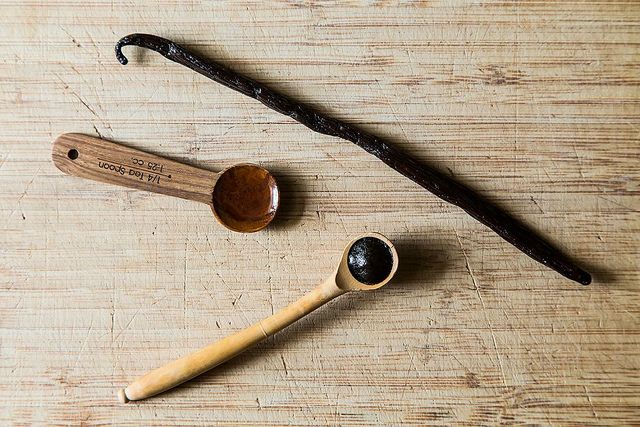
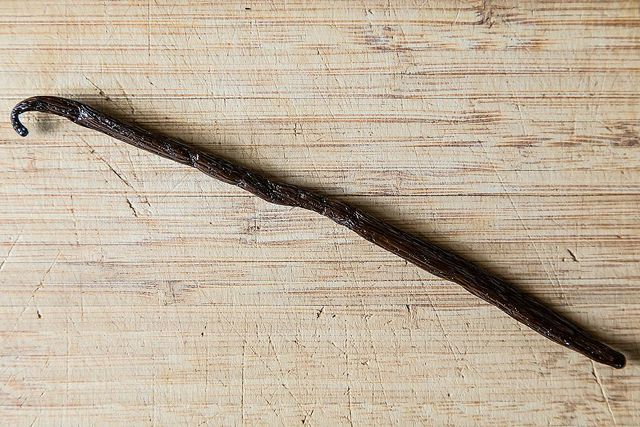
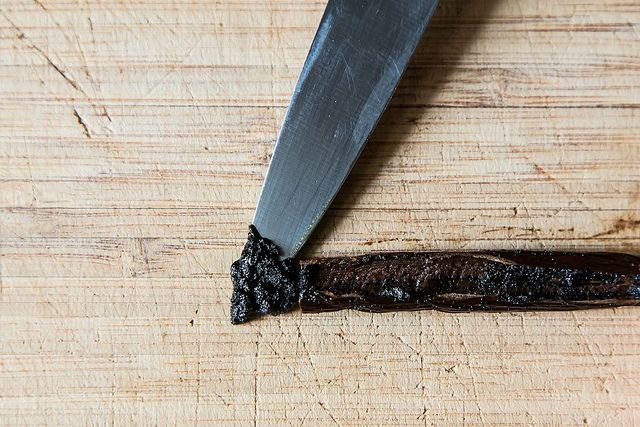
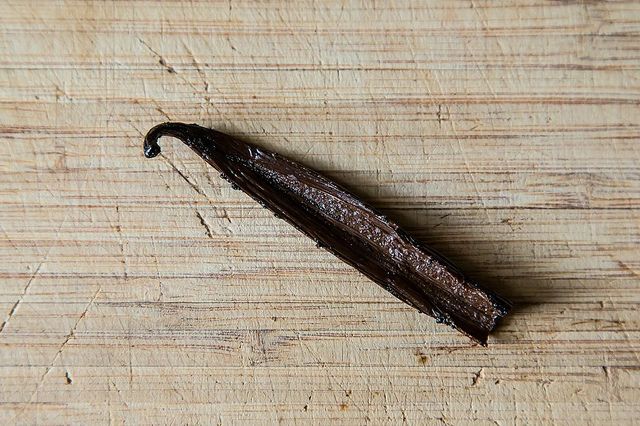

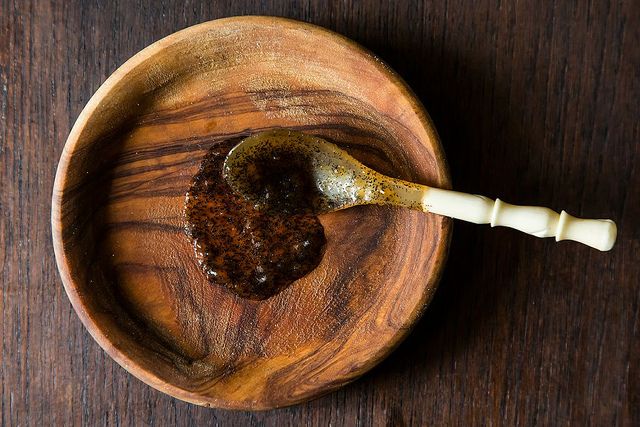

See what other Food52 readers are saying.